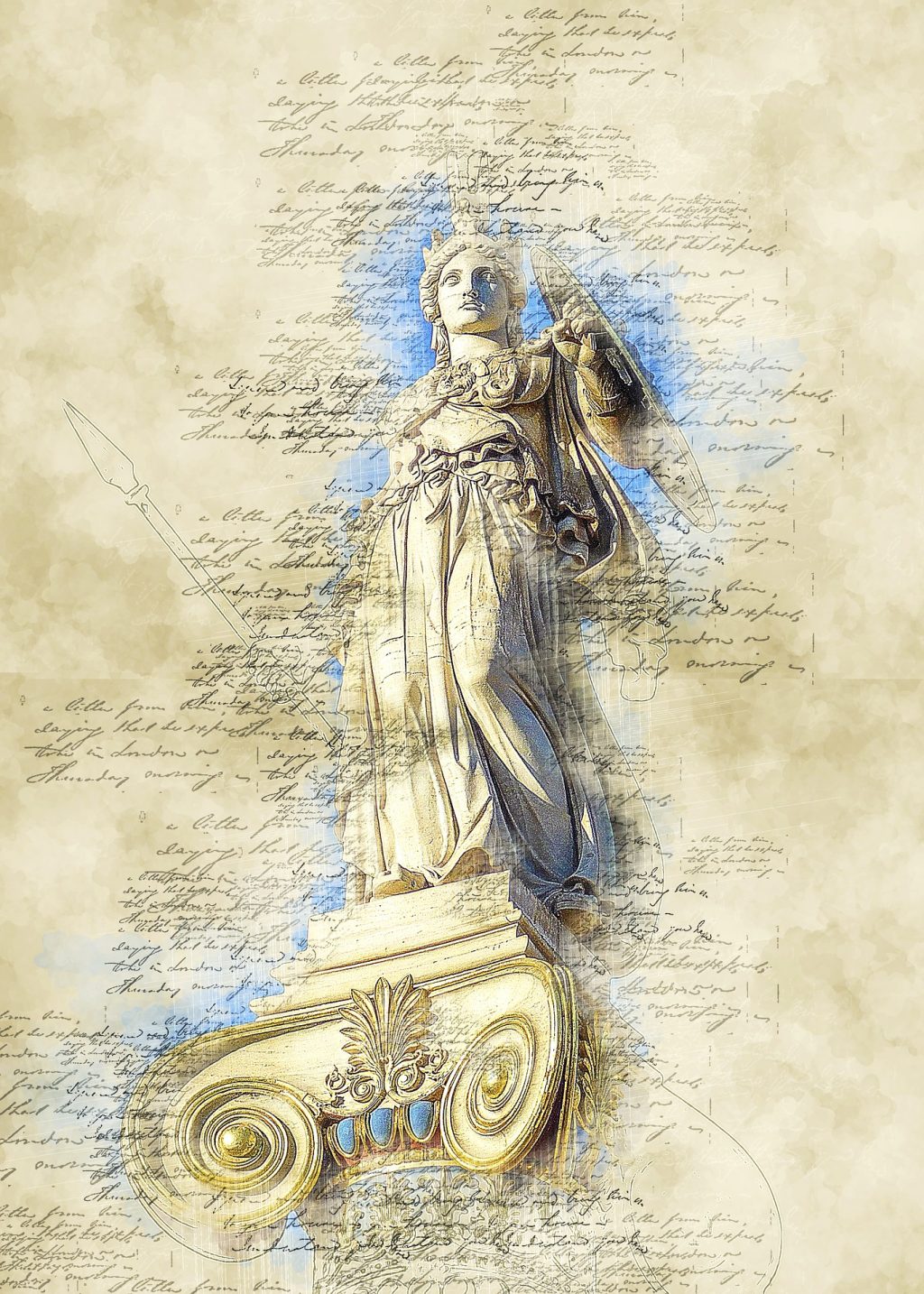This review article first appeared in: Skeptical Adversaria 3 (2008), 7-8
Reproduced with permission
Minerva, named for the Roman goddess of wisdom (equivalent to the Greeks’ Athene), is a journal of world archaeology and ancient art, widely available through the better newsagents and very much worth reading for those interested in early civilisations. It is edited by Jerome Eisenberg, and though it is un-refereed it maintains a high standard.
In the latest edition, Eisenberg himself addresses the question of the Phaistos Disk. This is a flat disk of baked clay, 16 cm in diameter, which was presented to the learned world exactly a century ago by French archaeologists digging the Minoan palace complex at Phaistos in south-central Crete (built about 1700 BCE). It is inscribed on each side with a text apparently running from right to left and spiralling in from the rim to the centre (though some read it the other way!). There are 240 characters in all, representing 45 distinct types, some pictorial and some apparently abstract; they are divided into 61 groups by broken radial lines. Very remarkably given the early date, the signs were impressed into the clay when it was soft by means of a set of cut punches. Neither the Disk itself nor the characters resemble any other items yet discovered in the Aegean (including the undeciphered ‘Linear A’ documents found at Phaistos and other Minoan sites), and both the intended use of the artefact and the interpretation of the text remain mysterious.
Most qualified scholars who have analysed the text(s) on the Disk consider (reasonably) that it is written in a syllabic script (one symbol per syllable) rather than an alphabet or a Chinese-style logographic script (one symbol per word) – but probably cannot be deciphered (too brief). However, many less qualified authors continue to advance ‘decipherments’, sometimes in non-linguistic terms (calendars etc) but more usually finding novel syllabic or non-syllabic writing systems – and often languages or locales favoured by themselves for extraneous reasons.
Minerva is staging a centenary conference on the Disk in London in October-November 2008. I myself am to speak at this conference on some recent fringe ‘decipherments’ of the Disk, including that of the French Canadian writer J-L Page, whose bizarre bilingual book links his ‘decipherments’ of the Disk and other mysterious texts with his own version of the ‘Orion’ theory of the Giza Pyramids, etc. Page regards most of the Disk symbols as logographic/ideographic and pictographic, but it is not even clear which (known or reconstructed) language he thinks is represented, and he does not propose any phonological (spoken) forms at all.
Eisenberg, however, belongs to a group of scholars who have proposed that the Disk is a forgery and is only about 100 years old. His article supports this view with analysis of the possible motives of those involved in forging it and with close comparison of the forms and sequences of the symbols and those found in other ancient scripts. Eisenberg has a standing interest in the forging and faking of ancient artefacts, on which there is a considerable scholarly literature (recall the ‘Sarcophagus of James’ case in 2002-03). He clearly has a case and his claims will be discussed at the conference. But he is not a linguist or epigraphist, and his views have already received trenchant criticism from these disciplines. Naturally, the French archaeological establishment will also be reluctant to accept Eisenberg’s view, even though the perpetrators of any forgery are long dead. The authorities in Crete refuse to allow thermo-luminescence analysis of the Disk, which would probably settle the matter (though TL analysis has itself been challenged as a method after yielding bizarre dates in cases such as that of the mysterious and possibly ‘salted’ site at Glozel in France). Watch this space!
And now, the Indus Valley (non-)script
But the most major outstanding ancient epigraphic mystery involves the ‘Indus Valley Script’ (IVS), found on tablets in the ruins of Mohenjodaro and Harappa in Pakistan and dated around 2500-2000 BCE. The Indus Valley Civilisation, if IVS is genuinely a script, is one of the oldest literate civilisations known, and the issues go well beyond linguistics. The unidentified language represented could be Indo-European (probably early Sanskrit/pre-Sanskrit), Dravidian (the main language family of Southern India – the best known modern language in this family is Tamil) – or something else again, for there are other language families in India, and there are still other families which could conceivably have been present; it could also be an unknown language. IVS is the subject of a vast scholarly literature but has no accepted decipherment/interpretation, although there have been over 100 ‘decipherments’, many by fringe writers and those with cultural and political axes to grind. An authoritative decipherment would obviously be of vast interest.
However, there are many superficially script-like systems which do not in fact appear to be true scripts representing the words and structures of one or more specific languages (eg ‘Old European’, promoted by the feminist archaeologist Marija Gimbutas, and some African systems; see also above on non-linguistic readings of the Phaistos Disk). And there have been complex civilizations lacking written language as such, notably that of the Inca (probably; ideas are changing here!). Now, Indologists Steve Farmer, Richard Sproat and Michael Witzel have proposed that IVS is in fact a non-linguistic symbol system which was used by an elite in a multilingual situation and does not encode any particular language. They support this view with many arguments, including the total absence of long texts in IVS (the longest known text has only 17 characters, and very few have more than ten). This would make IVS unique as a true script. The fur will be flying on this one too! For Farmer et al., see www.safarmer.com/fsw2.pdf

